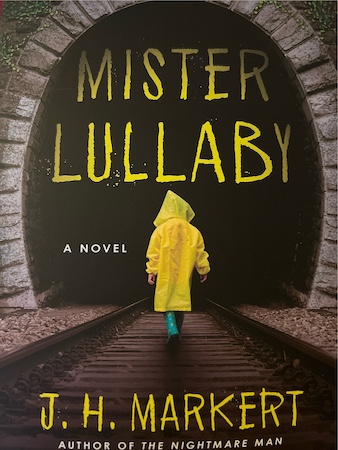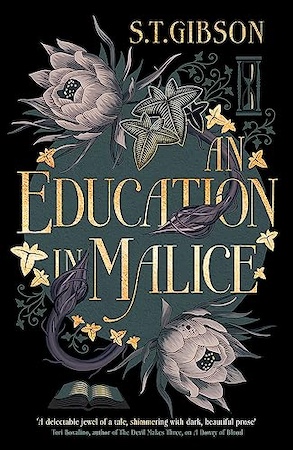Oh my goodness! What did I just read? Certainly not what this novella promised (pretended?) to be, i.e. a horror story about murderous mannequins: most of the blurbs I read online spoke of “a teen prank going wrong and leading to mayhem”, but things turned out to be very different. The title itself is misleading since, for starters, there is just one mannequin involved, and then that solitary mannequin’s rampage never really happens – not outside of the unreliable narrator’s twisted imagination, that is.
When reviewing the books I read I always try to keep story details or spoilers to a minimum, but in this case I need to make an exception because otherwise I could not detail the reasons why this novella did not work for me – and anyway the author himself spoils everything in the very first sentence when Sawyer, the narrator, shares the fact that “now most of us are dead, and I’m really starting to feel kind of guilty about it all”.
Sawyer and his friends – Tim, JR, Shanna and Danielle – have known each other since kindergarten or thereabouts, quite inseparable and prone to more or less successful practical jokes. Many of those involve a male mannequin – named Manny in an underwhelming show of inventiveness – that they dressed in their parents’ discarded clothes and displayed in various poses all around their neighborhood. When they decide to use Manny for a last prank in the movie theater where Shanna works part-time, posing him as a moviegoer to scare the theater’s assistant manager, something does not work as planned and what’s more, Manny seems to have disappeared as if he walked out on his own power.
Sawyer’s terrified consideration that Manny might have acquired independence, together with that newfound mobility, takes on further strength when a few days later a freak accident kills Shanna and her family: he’s now convinced that Manny is out for vengeance and will target them all, together with their loved ones. Moreover, Sawyer is certain – given the recent theft of fertilizer pellets all over town – that Manny has grown all out of proportion and that he must be able to stomp them like insects, so he decides to kill all his surviving friends himself, to spare the life of their families.
To call his reasoning – and therefore the development of this story – preposterous feels to me like the understatement of the year: should I consider Sawyer’s actions the workings of a deranged mind that pieces unrelated happenings into an insane puzzle? In that case the story lacks any connection to mental troubles, because there is no prior indication of them, even taking into account the unreliability of the narrator himself. Or is Sawyer’s killing spree something he always had in mind, so he used the excuse of Rampaging Manny to justify his actions? Again, there is no indication of that: one moment he sounds like your typical teenager, then he turns into a serial killer hiding behind the twisted logic of saving a greater number of lives by taking those of his friends.
The absurdity of the story goes hand in hand with a tone that probably wants to be humorous, but fails to achieve this goal for me, just as it fails to create any suspense because it’s clear from the start that there will be no murderous mannequin roaming the streets, since it’s all a product of Sawyer’s mind…
This story did not scare, did not amuse and in the end only managed to annoy me – its only redeeming quality being that it was mercifully short.


















You must be logged in to post a comment.